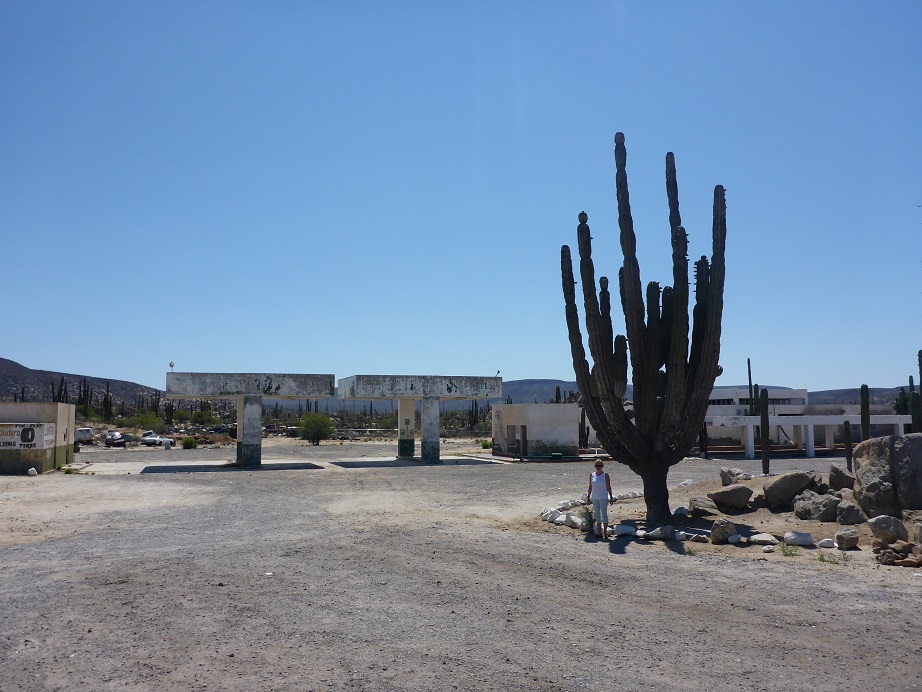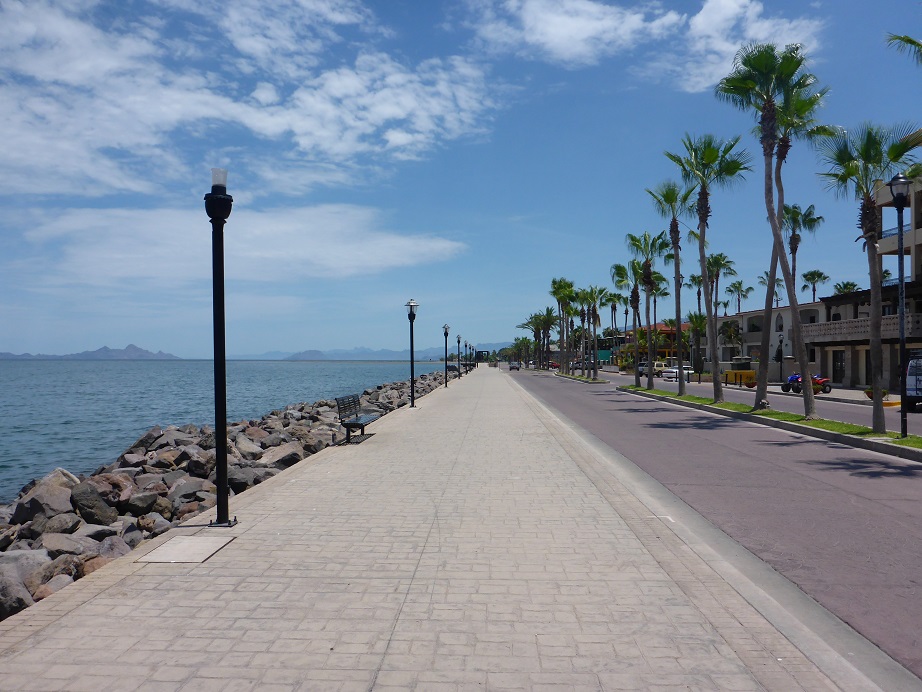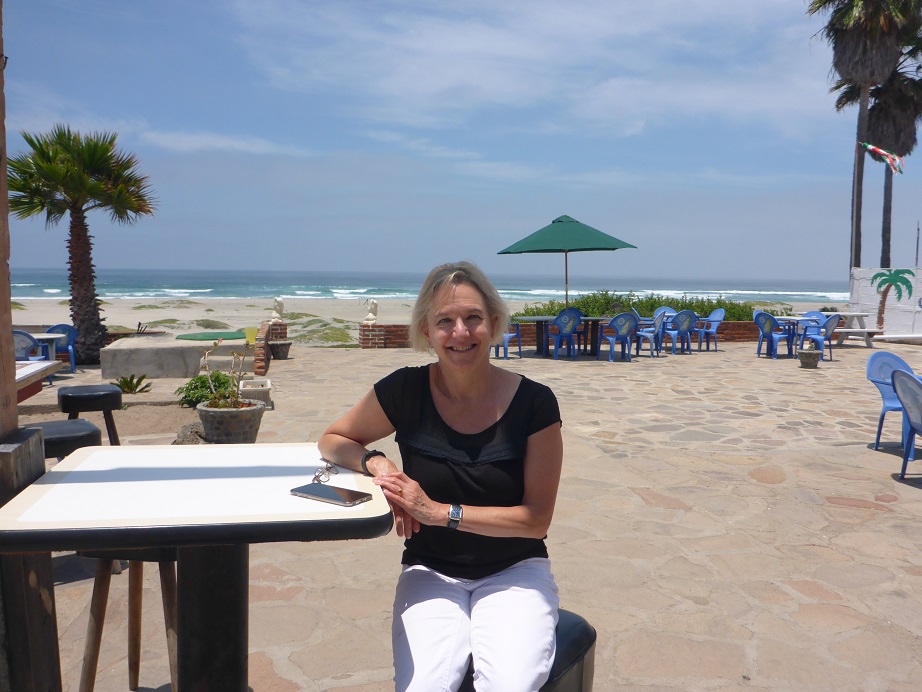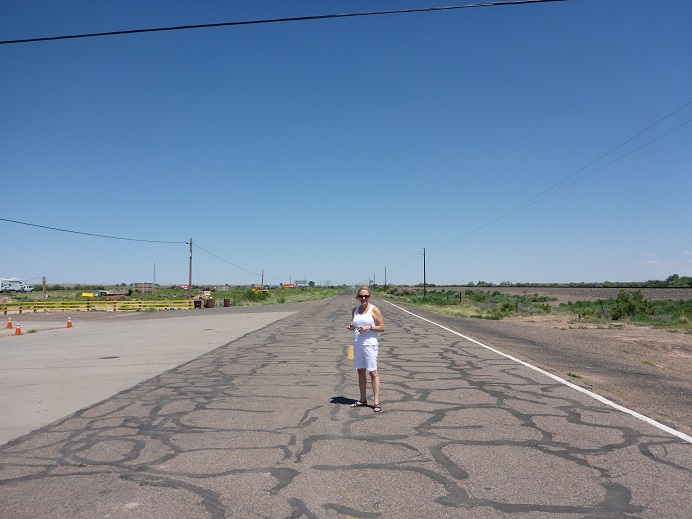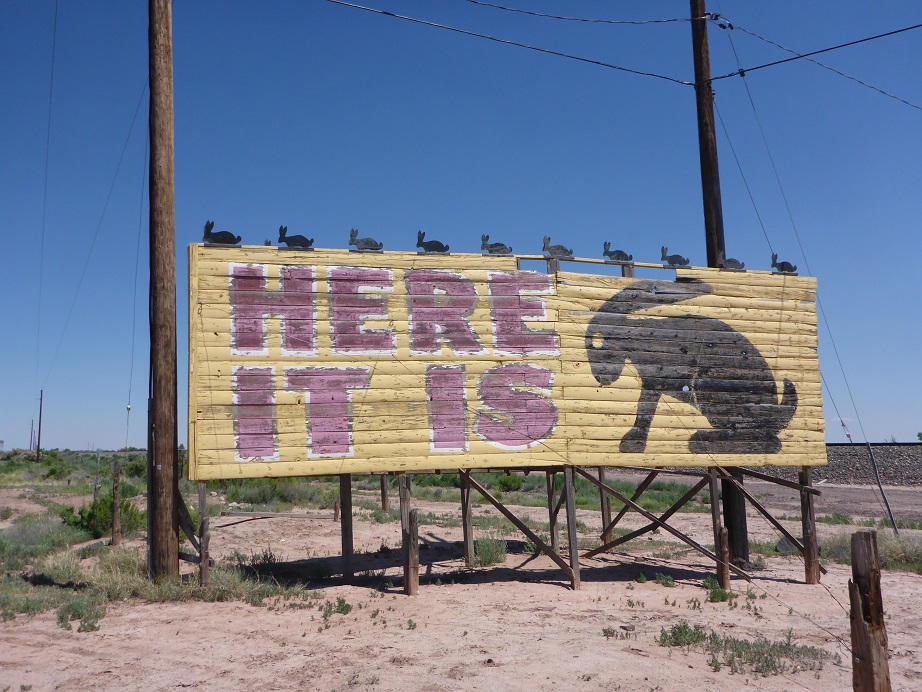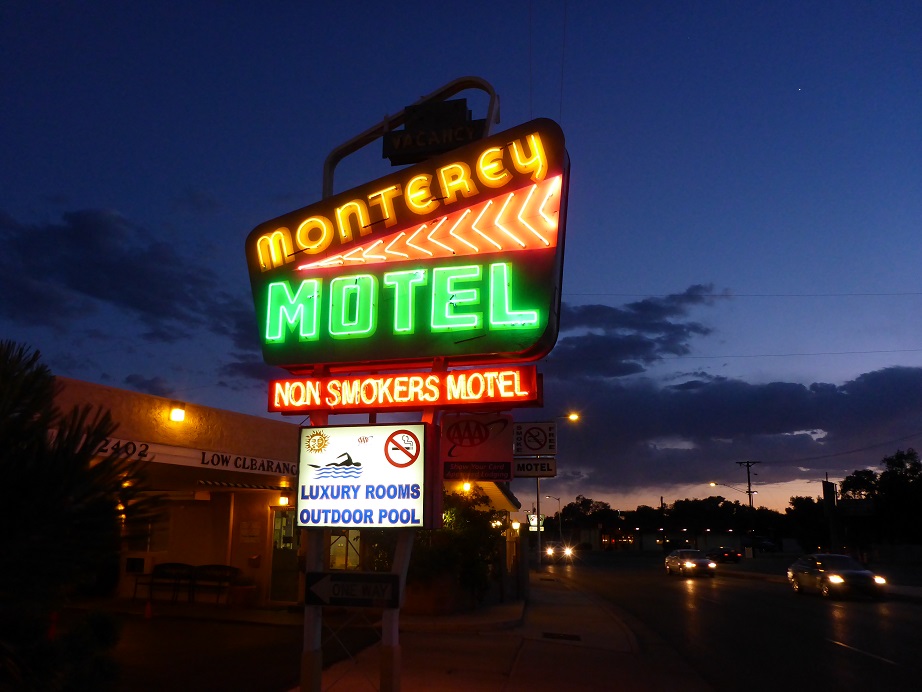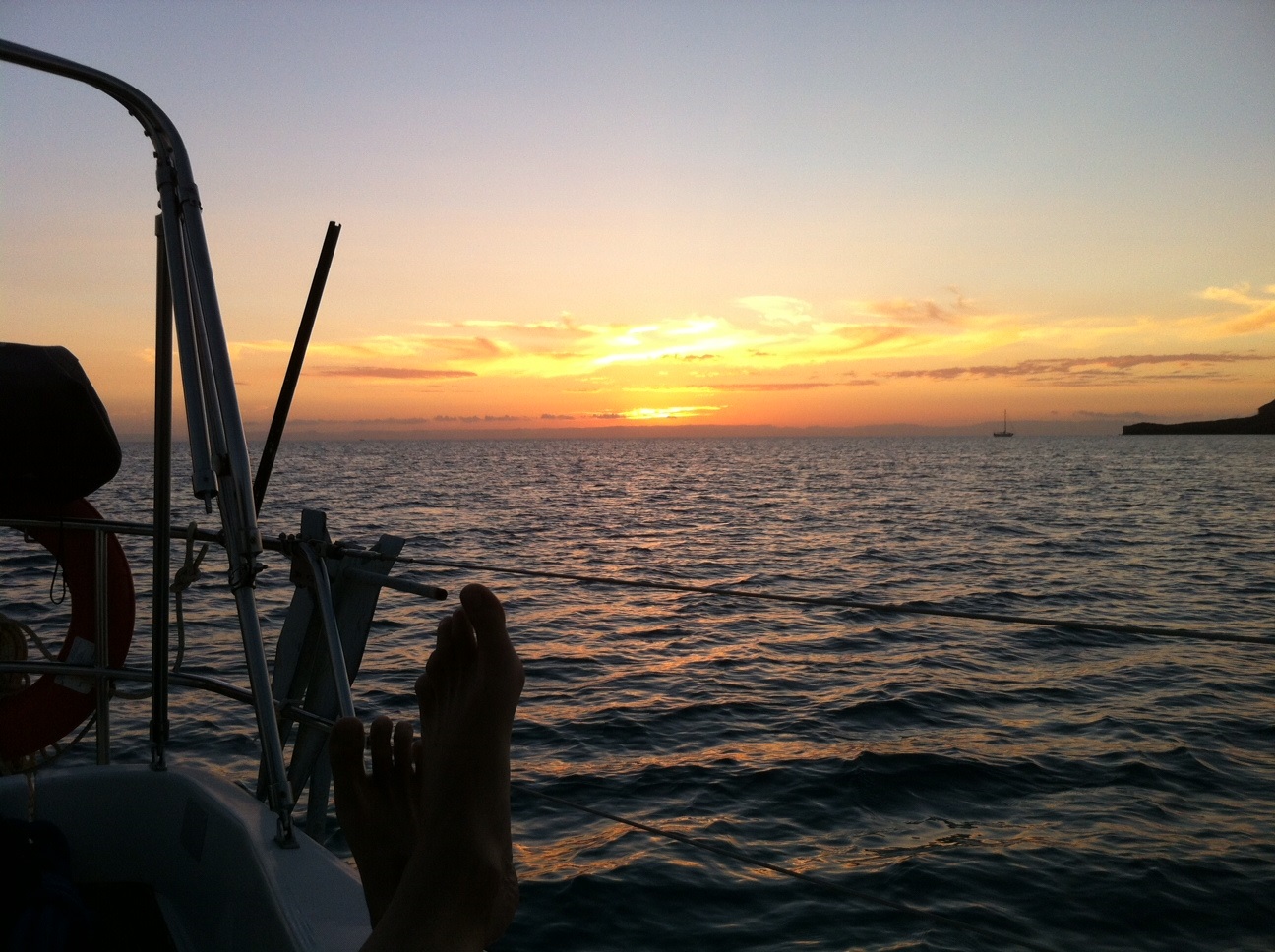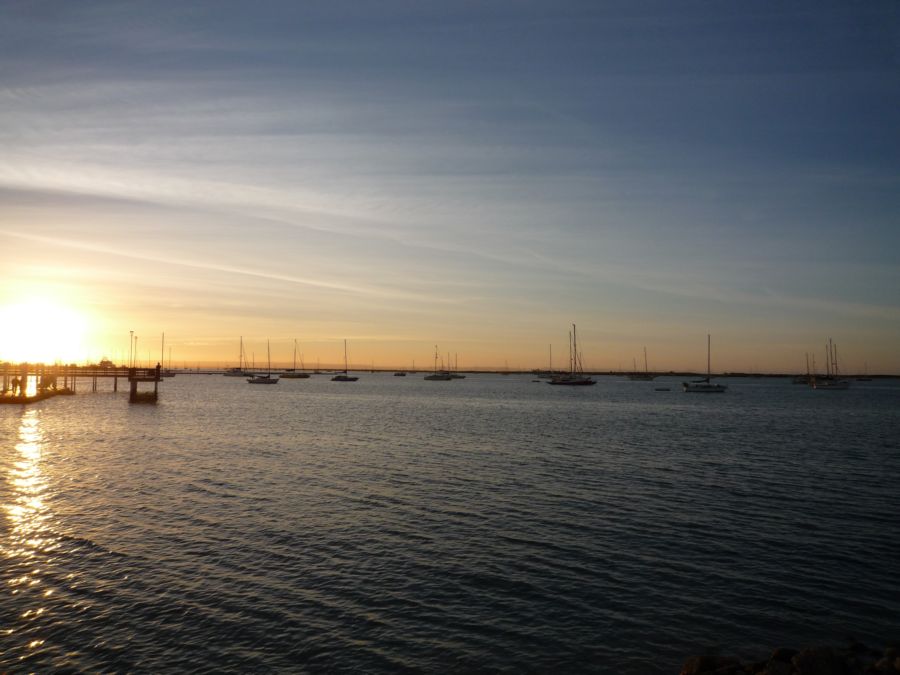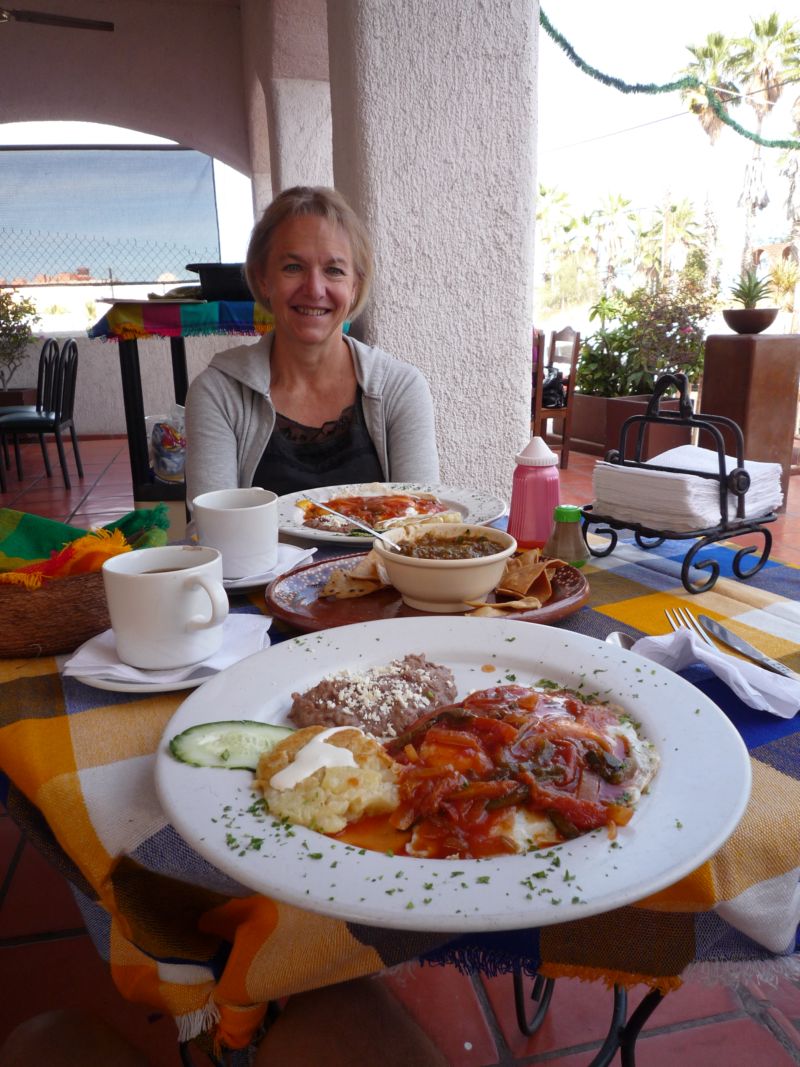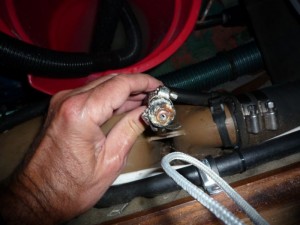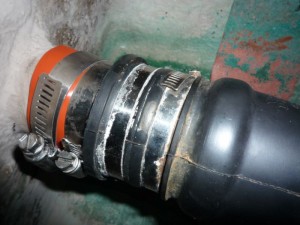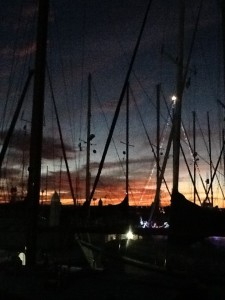Driving through the territory and home of the Baja 1000 – a classic grueling off-road race from Ensenada to La Paz was, quite simply, stunning. Recent rainfall turned the desert green for much of the drive (as a friend said when it rains in Baja, it rains green!). The spectacular mountain backdrops being sometimes replaced by equally stunning ocean views, kept us entertained for pretty much all of the four days that it took to drive from San Diego to La Paz. The road is generally excellent and not far south of Ensenada the traffic becomes the odd car or truck heading in the opposite direction from time to time. There were a few long stretchs with no fuel but it was very clear when these were going to start so keeping the tank full was reasonably easy. The military check points were not problematic and there were only two stretches of highway construction that were roughly 2KM long each and reasonably easy to pass through. I can imagine that in the event of rain, the dirt road bypasses for the construction areas would be a serious problem without 4-wheel drive and fat tires with deep cleats. Fortunately, the sun shone the entire way!
The photo below was taken in one of the long stretches of nothing. The now abandoned fuel station has not been replaced – instead there are couple of people selling fuel from jerry cans by the road side. They only have a few cans each so it is best to get there early in the day before they run out!
Water seemed to be in similarly short supply. Nonetheless we had a very tasty brunch in a humble but pleasant cantina to fortify us for the next leg of the drive. Up into the mountains and over to the east coast of Baja where we stopped in Loreto.
Loreto is the old, historic capital of “Baja”. It is a beautiful little town, on the ocean with a magnificently situated mountain-dominated island just off shore from the city. A well cared for “Malecon” provides an opportunity to enjoy the sea views not many steps away from the historic “old town”. The number of hotels and restaurants available suggests that Loreto must become very busy during the tourist season. From here to La Paz the road passes alongside the ocean and then climbs back into the mountains. This piece of highway must be one of the most beautiful on the planet!
